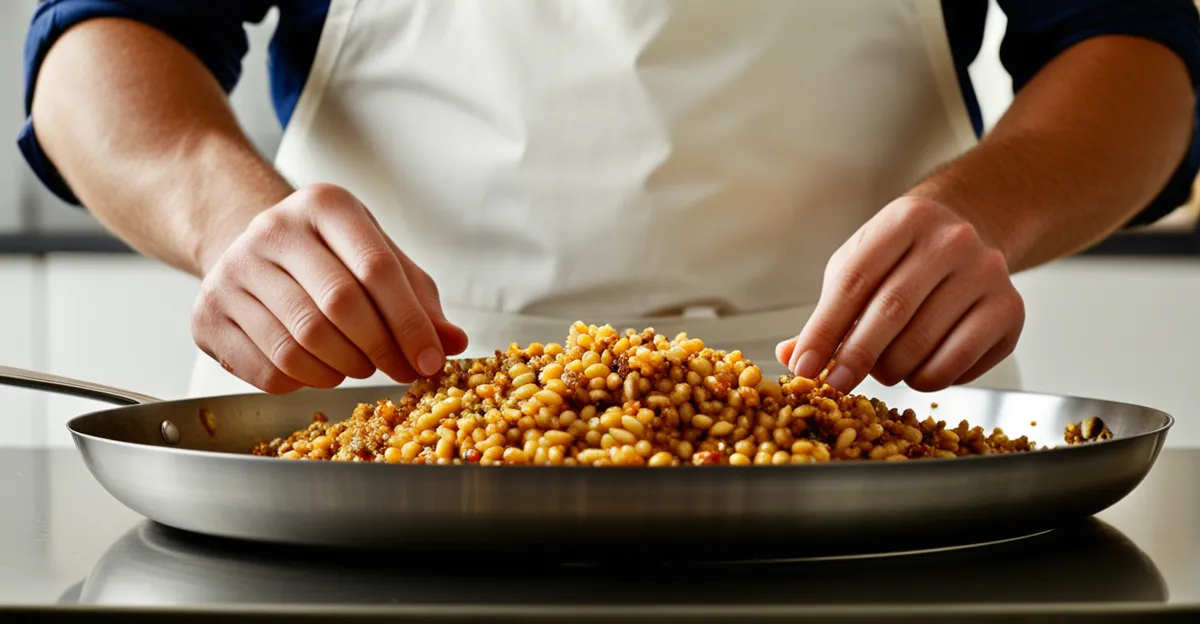Influence of British Cooking Techniques on International Cuisine
British cooking techniques form the backbone of many culinary traditions worldwide. Core UK methods such as roasting, boiling, and stewing have long been staples in British kitchens. These techniques emphasize simplicity and resourcefulness, often enhancing natural flavors rather than overwhelming them with elaborate spices. This approach has led to their adoption in international professional kitchens, where chefs value both their reliability and versatility.
British culinary influence is evident in global cuisine through the integration of traditional cooking methods. For instance, the slow-cooked joint of meat, a UK classic, is mirrored in numerous countries’ roasting practices. Similarly, the art of making hearty stews, central to British comfort food, has inspired comparable dishes internationally. Techniques like using suet or dripping for cooking add distinctive textures and flavors—demonstrating how British methods contribute to diverse culinary palettes around the world.
Have you seen this : How Does UK Cooking Reflect Its Cultural Diversity?
In many cases, British cooking techniques have been adapted to suit local ingredients and tastes. This adaptability is a key reason for their sustained influence. For example, the British tradition of baking pies—a method involving carefully prepared pastry crusts—can be found reinvented in various global cuisines. These dishes maintain the essence of British technique while embracing regional flavors, underscoring the enduring and dynamic nature of British cooking techniques in the realm of global cuisine.
Fusion Cuisine: UK Traditions Blending with Global Flavours
British cooking techniques have long demonstrated flexibility, paving the way for innovative fusion cuisine that blends traditional UK methods with diverse global flavors. This culinary evolution reflects the dynamic cultural landscape of the UK, where historic cooking practices meet contemporary tastes, forming unique British-Asian dishes and other cross-cultural hybrids.
Have you seen this : What are the key ingredients in a traditional steak and kidney pie?
A key driver behind the rise of fusion cuisine is the use of British cooking techniques as foundational methods combined with vibrant international ingredients. For example, classic British staples like roast meats and pies are now reinterpreted with spices and flavor profiles from South Asia, the Caribbean, and the Mediterranean. Chefs worldwide embrace this interplay, using British roasting, stewing, or baking methods to create dishes that honor the essence of UK culinary traditions while appealing to global palates.
Notable fusion restaurants and chefs stand at the forefront of this trend, pioneering menus that celebrate the marriage of British and international flavors. These culinary innovators exploit the versatility of British cooking techniques to craft inventive dishes that are both accessible and exciting, expanding the appeal of UK-inspired cuisine across continents. As fusion cuisine grows in popularity, it highlights the global culinary influence of British cooking styles—not as static relics but as living, adaptable frameworks enriching international culinary scenes.





